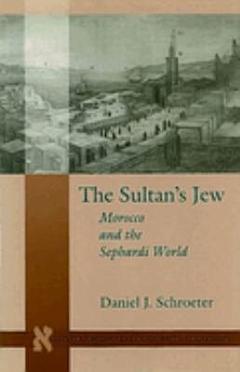This book challenges accepted views of Muslim-Jewish relations by emphasizing the ambivalence in the relationship. It shows how elite Jews maneuvered themselves into important positions in the Moroccan state by linking themselves to politically powerful Muslims and by establishing key positions in networks of trade. The elite Jews of Morocco were also part of a wider Sephardi world that transcended national boundaries. However, Macnin remained more connected to Morocco, where Jews were, according to Islamic law, protégés of the ruler and still subject to specific legal disabilities. The early-nineteenth-century sultan Mawlay Sulayman confined Jews in a number of Moroccan cities to newly created Jewish quarters as part of a policy of defining boundaries between Muslims and Jews. Yet Macnin remained closely tied to royal power, and in 1822 he became the principal intermediary between Morocco and the European powers for Mawlay Sulaymans successor, Mawlay 'Abd al-Rahman.
At the beginning of the period covered in this book, Meir Macnin belonged to a wide, transnational Sephardi world, and moved easily between Morocco and Europe. By the end of his life, however, this Sephardi diaspora had virtually come to an end. Emancipation in Western Europe and the growing identification of European Jews with the nations in which they lived meant that their affinity to their Sephardi heritage no longer transcended their national attachments. The gap between Moroccan and European Jewry grew, and a new kind of division--between "Western and "Oriental Jews--now existed within the Jewish world.

